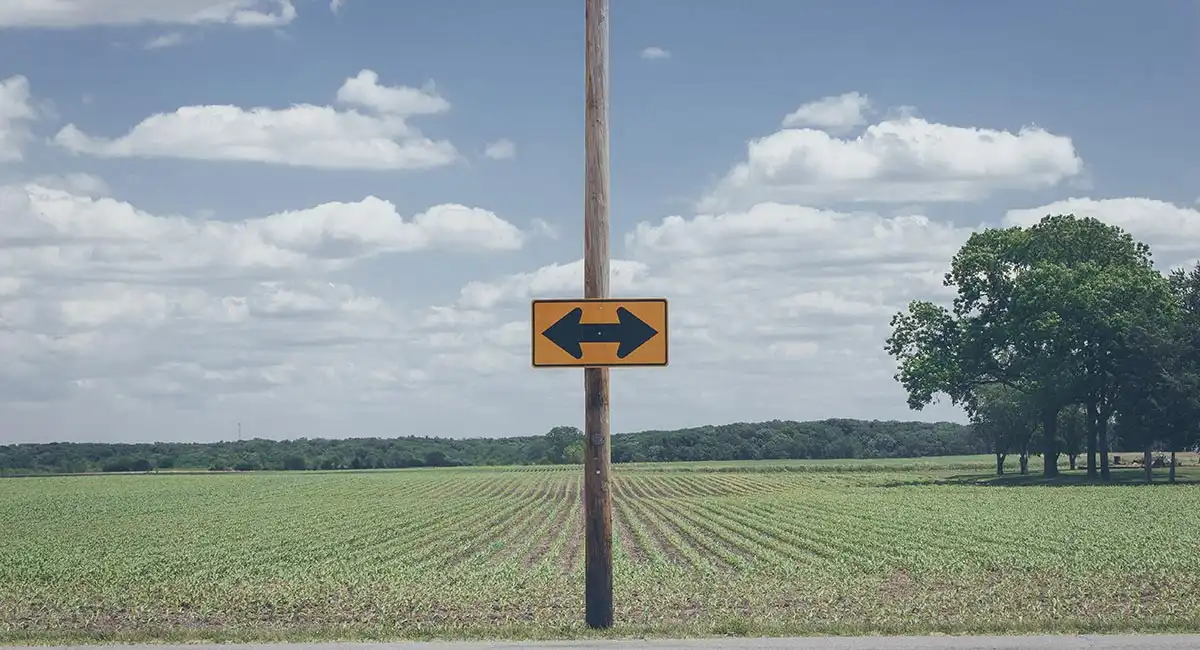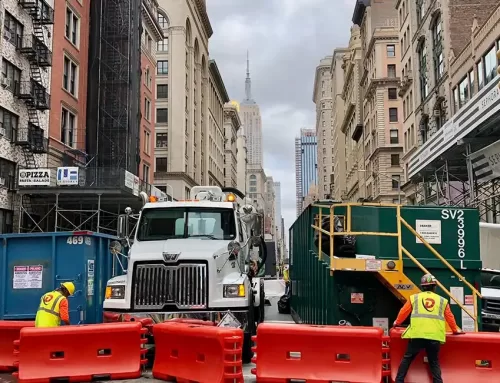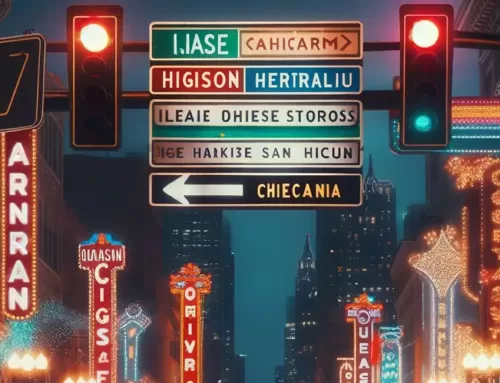How Big Are Road Signs?

If you have ever driven a car and wondered how big the road signs were, then you know that they aren’t all the same size. The dimensions of street name signs and Stop signs differ significantly, as do the sizes of YIELD signs and HUMP BRIDGE signs. Here’s a guide to their dimensions.
Street name sign sizes vary in width
There are several different sizes of street name signs. Each is different in size, shape, and color. There are also differences in length. The width of each sign should be 6 inches or less, and the number of letters should be at least 4 1/2 inches. Street name signs may be double-sided, or printed on both sides.
The width of a street name sign depends on the width of the street and posted speed limits. For example, a street name sign that reads “J.S. Ames, New York” is narrower than a street name sign that has the word “J.A.M. Smith.” This type of sign may also have a prefix that is smaller than the rest of the street name. These signs will be narrower in width, so they won’t cause as much wind damage.
Stop sign sizes vary in height
Stop sign sizes vary by country, but the standard US stop sign size is 30 inches in width and height, with a 3/4-inch-thick white border surrounding the uppercase “STOP” legend, which is 10 inches tall. Larger stop signs are 35 inches, with a one-inch-thick border around the legend.
For rural roadside use, a five-foot-high stop sign is sufficient. But if a sign is larger than this, it may hinder the activities of graffiti artists, who often prefer shorter signs. To make sure that pedestrians and drivers alike can see these signs, they can be covered with reflective sheeting, which helps in improving visibility and reducing accidents.
When purchasing stop signs, check the height requirements and clearance requirements. In some cases, the height of a sign is regulated by local regulations. The height of a sign is typically five feet below the level of the pavement, and it must have a seven-foot clearance above it.
YIELD sign sizes vary in a triangular shape
YIELD road signs are a ubiquitous sight, but their sizes and shapes vary widely. Regardless of where they’re placed, they must alert drivers to the road ahead. Generally, triangle-shaped signs mean “yield” and are red in color. Other shapes may be used to communicate other traffic messages, but the triangular shape is the only one that’s unique to Yield.
Yield road signs are installed at intersections, where drivers must slow down, stop, and yield to other drivers. Yield signs also indicate that they must yield to pedestrians and bicyclists. These road signs are regulatory and set the limits of the road. These signs vary in size and triangular shape, depending on the type of traffic.
HUMP BRIDGE sign letters are triangular in shape
The letters on a HUMP BRIDGE sign are triangular in shape. The letters indicate that the road ahead is slippery. They often contain a warning such as, “Slippy road ahead” or “For X miles.” These warning signs are often encouraged by traffic authorities to alert drivers to the hazards that may lie ahead of them.
ADDED LANE warning signs vary in size
The ADDED LANE warning sign is placed on the road prior to the point where two different roadways merge. When this sign is present, merging does not need to take place. Similarly, the WEAVE AREA warning sign warns that traffic is exiting one roadway and entering another. Its purpose is to direct traffic to avoid crossing the path of the merging traffic. This type of sign is usually placed on a divided highway. A divided highway consists of two one-way highways, separated by a median or a divider.
ADDED LANE warning signs come in different sizes. Some are large electronic flashing arrow panels that alert motorists to the work zone. They also warn drivers to adjust their speed and keep a safe distance from the barricades and drums. These signs are important for traffic safety because they can guide traffic through work zones while keeping them safe.





